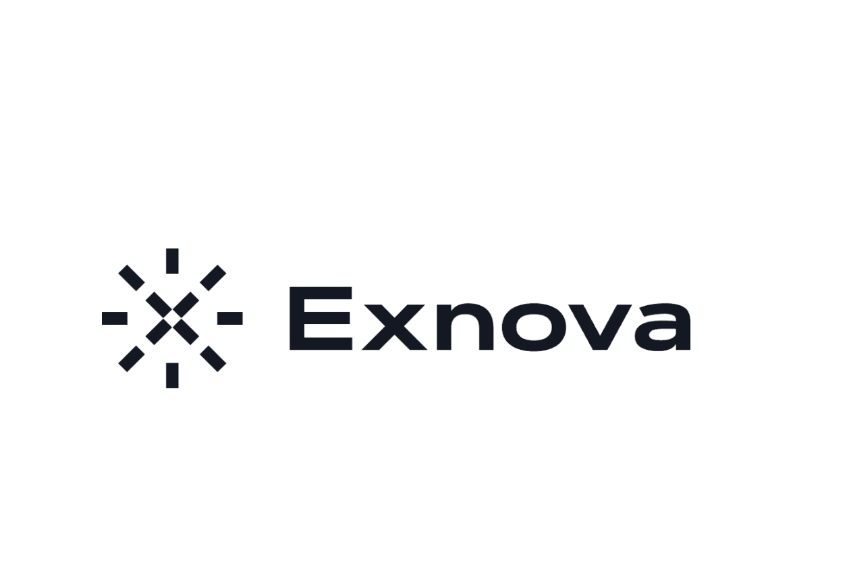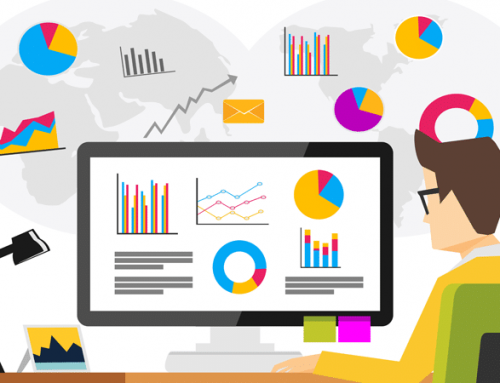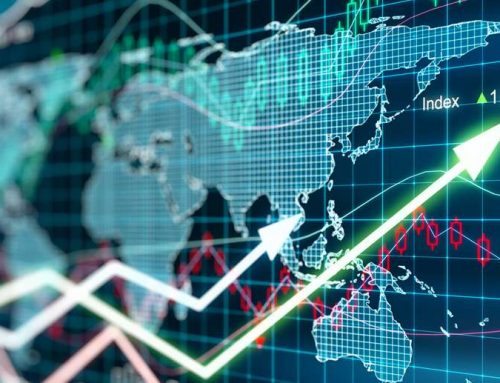E-mini futures trading is very popular due to its low prices, wide market selection and leveraged access. This E-mini futures tutorial explains the definition, history and structure before moving on to the benefits of daily trading on stocks, forex and options. Along the way, trader selection, trading hours and margin requirements are also broken down.
What is an E-Mini?
There are other E-mini contracts, but E-mini are usually E-Mini S & P 500 is abbreviated with the ticker symbol ES. Essentially, it is a stock market index futures contract listed on the Chicago Mercantile Exchange (CME).
The value of a single contract is S & P is 50 times the stock index. So the contract size is reduced while still following the same index.
Also, as will be discussed in more detail below, the S& There are many E-mini contract options ranging from P MidCap 400 and Dow Jones futures.
Expires
Contracts roll over to the next active contract. However, as indicated in the maturity schedule, maturities occur every quarter, usually on the third Friday of March, June, September and December.
However, contract rollover dates are more important. Rollover occurs on the second Thursday of March, June, September and December. If the date is on a Friday, the first Thursday will be the rollover.
Go to the official CME website and check the expiry and S& You can find out more about the P 500 option payment.
E-mini choices
Naturally, S & The P 500 E-mini contract introduced over 40 mini futures contracts from CME and other exchanges, including:
- Nasdaq 100 (NQ symbol of the future)
- Nasdaq Composite (Symbol QN)
- S & P Midcap 400 (symbol EMD)
- S & P Small Cab 600 (Symbol SMC)
- Dow (symbol YM)
- Russell 1000 (symbol RF2)
- Russell 2000 (symbol RF2)
- Nasdaq Biotech (Symbol BQ)
- Commodities – Gold, Silver, Copper, Wheat, Corn, Soybeans, Natural Gas, Heating Oil and Light Sweet Crude Oil Futures Contracts.
- Foreign Exchange – A long list of exchange rates for the US Dollar, including the Euro, British Pound, Japanese Yen, Swiss Franc, Canadian Dollar, Australian Dollar and Chinese Renminbi.
- Options – S & P 500 Emini and NASDAQ 100 Emini.
Going further, you can also find mini Nikkei 225, Nifty 50 and FTSE 100 index futures.
But despite the many mini options, S & The P 500 E-mini still accounts for most of the trading volume. In fact, only 10 of the over 40 different mini-contracts exceed 1,000 daily contract volume.
In addition, pricing, quantity, volatility, contract size and other specifications may vary for each product and market.
Who trades e-minis?
If you decide to start trading E-mini index futures, who are you dealing with?
- 15 high-frequency trading companies account for about a third of the E-mini market.
- About 6,000 professional day or position traders make up nearly two-thirds of the market.
- The roughly 6,000 amateurs who trade about one contract per trade every other day account for just 1% of the total trading volume.
Why should I trade E-Minis?
There are several factors that make the E-mini a fantastic daily trading vehicle.
- Global – allows you to trade your global equity index portfolio in a single market.
- Low cost – Liquidity and deep bid spreads keep costs low. Alternative stock index futures can also help save margins.
- Leverage – Leverage allows you to buy and sell large contracts with minimal capital. This is a real-time S & This means you have more options when opening the P 500 futures bar chart.
- Access – Nearly 24-hour access, allowing you to trade as events unfold. There is also a wealth of news outlets and other online resources. This means you can quickly identify a gold futures or NASDAQ 100 symbol when a major event occurs and trades accordingly.
- Choice – The number of products and options has increased significantly. For example, you may look into futures on technology and utility options rather than standard E-mini contracts.
- Resources – Brokers today offer a range of additional resources, from advanced charting packages to in-depth user guides. All can help you decipher Dow Jones charts, quotes and Emini ticker values.
Danger
Although there are obvious advantages, S & You should also be aware of the risks before checking crude oil quotes including P500 and
- Electronics Trading – Speed isn’t always good news in the electronics market, as the E-mini can move quickly. This high level of volatility can be risky, especially for new traders.
- Overtrading – With so many opportunities and electronic interfaces, it can be tempting to continue trading and make money after a big loss. This is especially true if you have access to compelling NASDAQ 100 futures historical data available, for example. This could mean that people with no disciplinary risk lose a lot of capital in quick succession.
The pros and cons of these futures have been outlined. This is the E-minis S & It helps to approach the P500 gift symbol list with caution.
e-mini-futures vs stocks, options and forex
Gold contracts, major currency pairs, copper futures, binary options and more. So how do you know which markets to focus your attention on? Let’s take a look:
- Stocks – You definitely don’t have a choice on stocks. However, in most cases they purely track the entire market. Also, just one news event can cause the price to plummet. It’s hard to get an edge, especially when everyone is looking at the same NASDAQ forecasts on Yahoo Finance.
- options – Although blunt, this is usually not the case. You often need to get the direction, magnitude and timing of the right move. Not to mention, there are many different trading strategies that can rack your brain.
- Must-haves – home to the experts. For example, you often need a niche and need to keep up to date with all the information about milk. Also, for commodities, there may be not enough or too much volatility.
- Forex – Although FX trading is very popular, volume data is incomplete. Until banks share all transaction volume data in real time, they are sometimes trying to follow average transaction sizes and experts.
Margin requirements
E-mini S & Just as important as the P 500 futures contract price is the margin requirement. Of course, these requirements vary from broker to broker. However, there are three important rates that are important.
- Intraday Initial Margin – This is the account balance required for E-mini intraday orders. Available from $1,000 up to $2,750. Market volatility can affect prices.
- Overnight Initial Margin – This is the account balance you need to trade during overnight or after-hours trading. They typically cost between about $4,500 and $5,250.
- Account Opening Minimum – This is simply the amount required to open a futures account. You may need anywhere from $5,000 to $10,000.
It’s also important to keep in mind that you shouldn’t be looking at 1 Emini contracts and what their margin rates are. For example, high-volume traders will consider the trading platform and additional resources on offer.
You may also consider a working account or online trading academy before risking any real capital. Both will help you develop an effective trading strategy while building market confidence.
Finally, you can consider margin rates along with other rules and regulations. For example, can I trade more because of the lower margin requirements and then run the pattern day trader rule?
Trading hours
E-mini S & P 500 futures trading hours are open from Sunday to Friday from 17:00 to 16:00 CT. However, there is a 15 minute trading gap between 15:15 and 15:30 CT. Also, daily maintenance is between 16:00-17:00 CT.
Trading hours are divided into two sessions.
- Weekly trading session starts at 08:30 and ends at 15:15 CT
- After-hours trading starts at 15:30 and runs until the next day’s session starts.
E-mini S & As the P 500 futures historical data and live charts suggest, you will see the highest volume in the one-day session. Of course, the release of data prior to open sessions also triggers significant activity. Also, a major news event in Europe could lead to a surge in trading.
Note NASDAQ E-mini and other mini-contracts are also typically traded on a near-24 hour basis. Go to the official website for deals and upcoming gift holiday deal times.
History
Early History
A bit of E-mini context can give meaning to the trading systems used today. This futures contract was first implemented by CME on September 9, 1997. This is S & As a result of the P contract, 500 times the index (over $500,000) is too big for a small player.
Unsurprisingly, the E-mini has skyrocketed to become the most traded stock index futures contract in the world. In fact, E-mini’s daily trading volume is currently over $100 billion, which is far more than the trading volume of the underlying 500 stocks.
The bigger S & It’s not just individual traders who choose the E-mini over the P. Hedge funds also want some action as the latter relies on an open outfit pit system that is often delayed.
After its tremendous success, it soon introduced another E-mini. So real-time charts soon started showing the E-mini NASDAQ-100 futures contract at one-fifth of the actual index. Additionally, more mini-products were introduced aimed at smaller traders and investors.
By the end of June 2005, S & A new compact instrument built on the P. This time, however, the underlying asset was 100 shares of the SPDR ETF. Unfortunately, however, regulatory requirements meant that the margin required per contract was five times that of the larger E-mini contract. As a result, the product never really took off, with daily volume remaining at 10 contracts per day.
Recent Events
There are several interesting recent events in the E-mini’s timeline. First, there was the 2010 Flash Crash sale. The US government found that a single trader was responsible for selling 75,000 E-mini contracts. In fact, the company in question “inadvertently directed its trading program to dump a series of sell orders over a 20-minute period rather than spreading them out over a much longer period of time.”
Another major event took place on December 7, 2016. Numerous buyers bought about 16,000 E-mini S & I bought a P 500. This was considered a series of stop orders due to the contract trading at 2225.00. The contracts traded as stops were all traded “in equal nanoseconds” and were thought to be worth around $1.8 billion.
This series of new high trades led to a fierce market rally for the remainder of the day and the next two days. In fact, it was undoubtedly the biggest E-mini deal of the year. But it’s no surprise that analysts quickly compared it to flash crash sales six years ago.
Final thoughts on E-Minis
The E-mini is a fantastic tool if you want to gain exposure to the big names in the US stock market. You benefit from liquidity, volatility and relatively low cost. You also have access to a wide range of markets and products, from NASDAQ Biotech and EUR/USD futures to Weekly Options and Dax futures.











